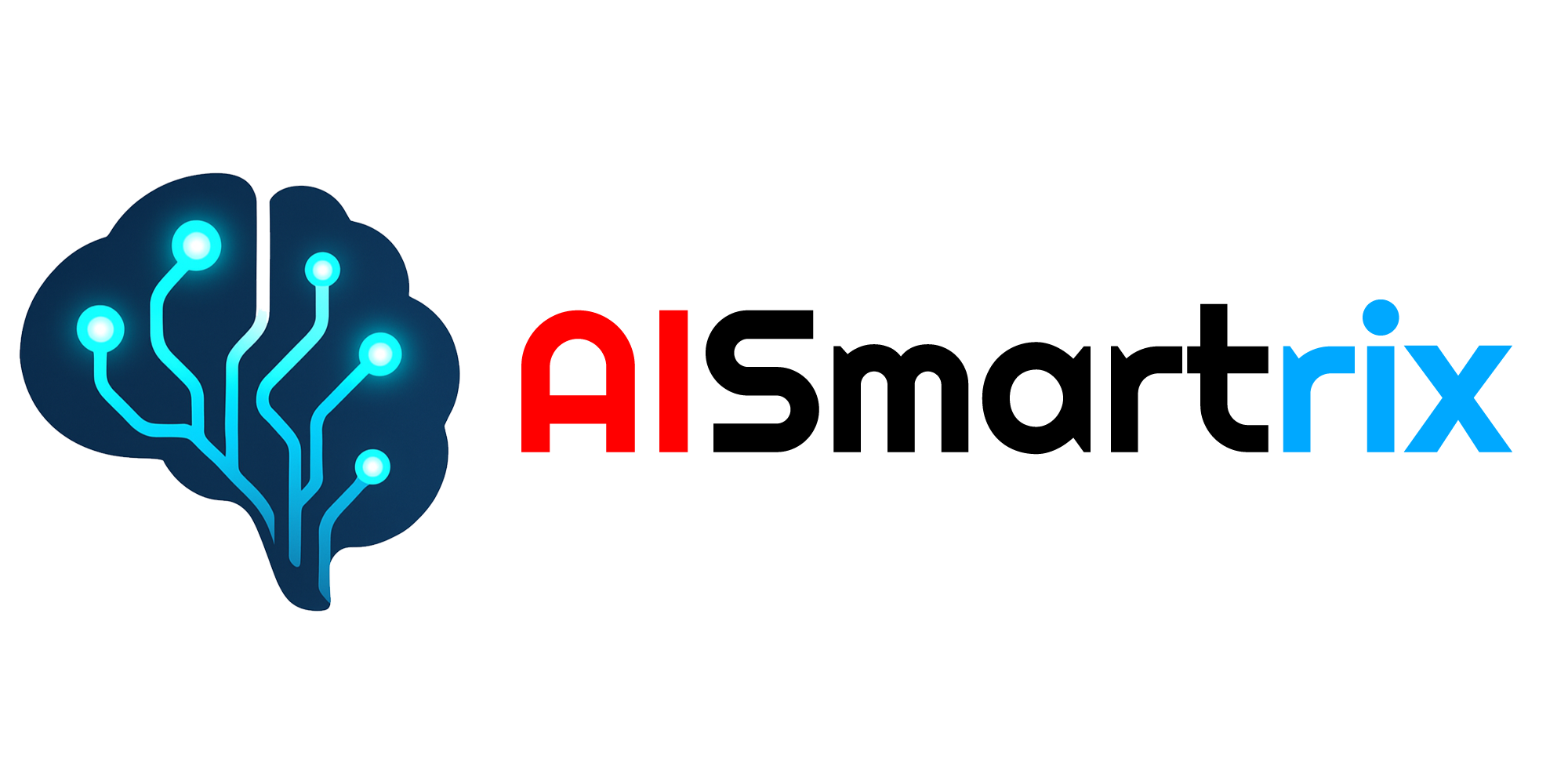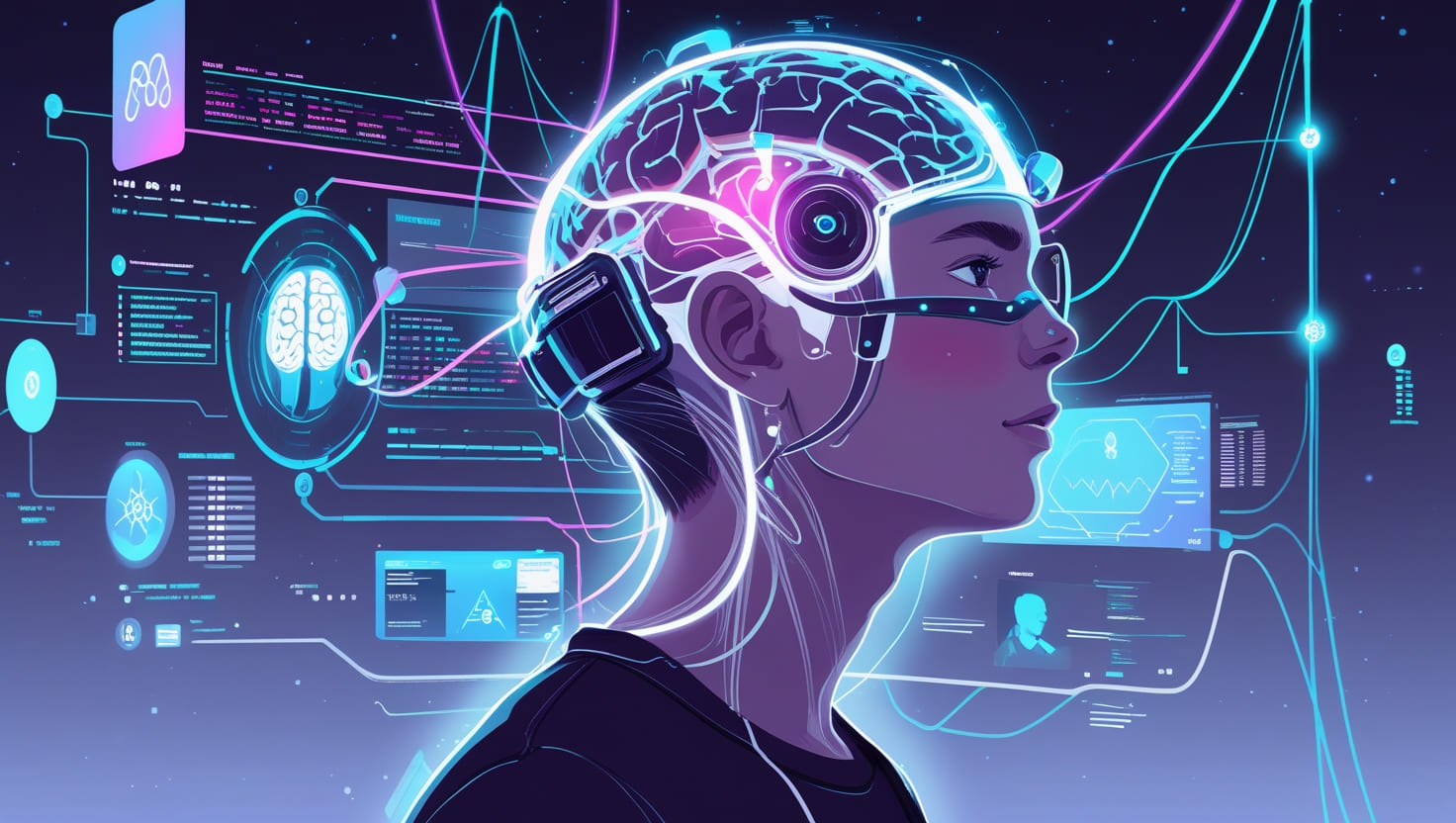In the rapidly advancing world of technology, one of the most groundbreaking frontiers is the development of Brain-Computer Interfaces (BCIs). These revolutionary systems allow direct communication between the human brain and external devices, opening doors to incredible possibilities in medicine, communication, mobility, and even human enhancement. With the integration of Artificial Intelligence (AI), BCIs are poised to redefine what it means to interact with technology, pushing the boundaries of human capabilities.
In this in-depth article, we explore the future of brain-computer interfaces, how AI is revolutionizing this field, current advancements, challenges, and the profound impact BCIs may have on our lives.
What Are Brain-Computer Interfaces?
A Brain-Computer Interface (BCI) is a technology that enables direct communication between the human brain and external devices, bypassing traditional muscular or verbal interaction. BCIs work by detecting brain signals (typically electrical activity), interpreting them, and translating these signals into commands that can control computers, prosthetics, or other devices.
There are three main types of BCIs:
- Non-Invasive BCIs: Use sensors like EEG caps to detect brain activity through the scalp.
- Semi-Invasive BCIs: Involve implants on the surface of the brain.
- Invasive BCIs: Use electrodes implanted directly into brain tissue for highly precise signal acquisition.
The integration of AI into these systems is what transforms BCIs from experimental tools into practical, life-changing technologies.
How AI Enhances Brain-Computer Interfaces
Artificial intelligence plays a critical role in making BCIs functional, accurate, and adaptive. The human brain generates complex, noisy, and often ambiguous signals that are difficult to interpret. AI algorithms, particularly those using machine learning and deep learning, excel at identifying patterns within this data, enabling BCIs to:
- Accurately decode brain signals in real-time.
- Adapt to individual users and their unique brainwave patterns.
- Learn and improve performance over time.
- Filter out irrelevant signals and noise.
- Translate thoughts into precise commands with higher accuracy.
By combining AI with neuroscience, BCIs can create seamless interactions that were once considered science fiction.
Current Applications of AI-Powered BCIs
While still in early stages, AI-powered brain-computer interfaces are already demonstrating significant real-world applications:
1. Medical Rehabilitation
- Restoring mobility for paralyzed patients: AI-powered BCIs allow individuals with spinal cord injuries to control robotic limbs, wheelchairs, or exoskeletons using their thoughts.
- Stroke rehabilitation: BCIs can aid in retraining brain pathways, accelerating recovery.
- Neuroprosthetics: Advanced prosthetic limbs controlled by brain signals improve independence and quality of life.
2. Communication for Locked-In Patients
For individuals unable to speak or move, such as those with ALS or severe paralysis, BCIs combined with AI enable:
- Thought-to-text communication.
- Control of computers and smart devices.
- Restoration of social interaction and personal autonomy.
3. Mental Health and Cognitive Therapy
AI-powered BCIs are being developed to monitor and potentially regulate brain activity related to:
- Depression.
- Anxiety.
- PTSD.
- ADHD.
- Sleep disorders.
By analyzing brainwave patterns, BCIs may offer personalized neurofeedback therapy, improving mental well-being.
4. Gaming and Virtual Reality (VR)
In the entertainment industry, BCIs are opening new dimensions:
- Mind-controlled video games.
- Fully immersive VR environments responsive to emotional states.
- Adaptive gaming experiences based on real-time brain activity.
5. Human Enhancement
Experimental research explores using BCIs for:
- Memory augmentation.
- Cognitive enhancement.
- Direct brain-to-brain communication (telepathy-like communication).
- Learning acceleration through neurostimulation.
The Potential of BCIs in the Future
As AI-powered BCIs continue to evolve, the long-term potential is staggering:
1. Seamless Brain-to-Device Communication
- Full control of smartphones, computers, and smart homes by thought alone.
- Hands-free control for individuals with disabilities.
- Workplace efficiency boosted by instant information retrieval.
2. Brain-to-Brain Communication Networks
- Direct sharing of thoughts, ideas, and emotions.
- Transforming collaboration and human interaction.
- Potential for global collective intelligence.
3. Early Detection of Neurological Diseases
- AI-powered BCIs could detect conditions like Alzheimer’s, Parkinson’s, or epilepsy at their earliest stages by analyzing subtle changes in brain activity.
- Preventative interventions could be initiated long before symptoms arise.
4. Personalized Education
- AI analysis of cognitive states could customize learning experiences.
- Adaptive teaching methods based on real-time brain feedback.
- Faster skill acquisition and deeper knowledge retention.
5. Emotional AI and Mental State Monitoring
- Devices that detect emotional states in real-time.
- Adaptive interfaces that respond to stress, fatigue, or engagement levels.
- Enhanced mental health monitoring and intervention.
Key Technologies Driving BCI Advancement
Several technological breakthroughs are enabling the rapid progress of AI-powered BCIs:
- Machine Learning Algorithms: Continuously improve accuracy by learning from large datasets of brain activity.
- Deep Neural Networks: Decode complex brain patterns that traditional algorithms cannot.
- Neuroimaging Technologies: Advanced sensors capture brain signals with increasing precision.
- Edge AI Computing: Allows real-time processing directly on devices without latency.
- Wireless Neural Implants: Provide mobility and comfort for long-term BCI users.
Ethical Considerations and Challenges
While the future of AI-powered BCIs is promising, it also raises important ethical and societal concerns:
1. Privacy and Security
- Brain data is deeply personal; unauthorized access poses serious risks.
- Ensuring data security and user consent is critical.
2. Mental Autonomy
- The possibility of external influence on thoughts raises concerns about mental freedom.
- Strict regulations will be required to prevent misuse.
3. Accessibility and Equity
- High development costs may initially limit access.
- Global efforts are needed to ensure BCIs benefit all people, not just the wealthy.
4. Psychological Impacts
- Long-term use of BCIs may affect users’ sense of self and identity.
- Ethical frameworks will need to address potential dependency and psychological effects.
5. Regulation and Oversight
- Governments and international bodies must develop clear guidelines for BCI research, development, and usage.
- Responsible innovation is essential to ensure safety and public trust.
Real-World Companies and Research Leading the Way
While many institutions are actively researching BCIs, some well-known global companies are making significant investments in this field. These organizations are driving breakthroughs in both invasive and non-invasive technologies, using AI to push the boundaries of what’s possible. The rapid pace of innovation suggests that commercial brain-computer interface products may become mainstream within the next decade.
The Road Ahead: Merging Human and Machine Intelligence
The convergence of AI and brain-computer interface technology signals the beginning of a new era in human evolution. As the barriers between biological and digital intelligence dissolve, we may soon witness:
- Symbiotic relationships between humans and machines.
- Collective intelligence networks enabling rapid global problem-solving.
- Radically improved quality of life for individuals with disabilities.
- A profound redefinition of what it means to be human.
However, with this unprecedented power comes immense responsibility. The choices society makes today in regulating and developing AI-powered BCIs will shape the ethical and societal landscape for generations to come.
Conclusion
The future of brain-computer interfaces represents one of the most exciting and potentially transformative areas of modern technology. With the integration of artificial intelligence, BCIs are evolving from experimental tools into practical solutions that may enhance every aspect of human life — from healthcare and communication to education and entertainment.
While challenges remain, the opportunities presented by AI-powered BCIs are vast and inspiring. As research advances and technology matures, we move closer to a future where the mind and machine seamlessly connect, unlocking possibilities once limited to science fiction.
Would you be open to using a brain-computer interface in your daily life? Share your thoughts in the comments below!





